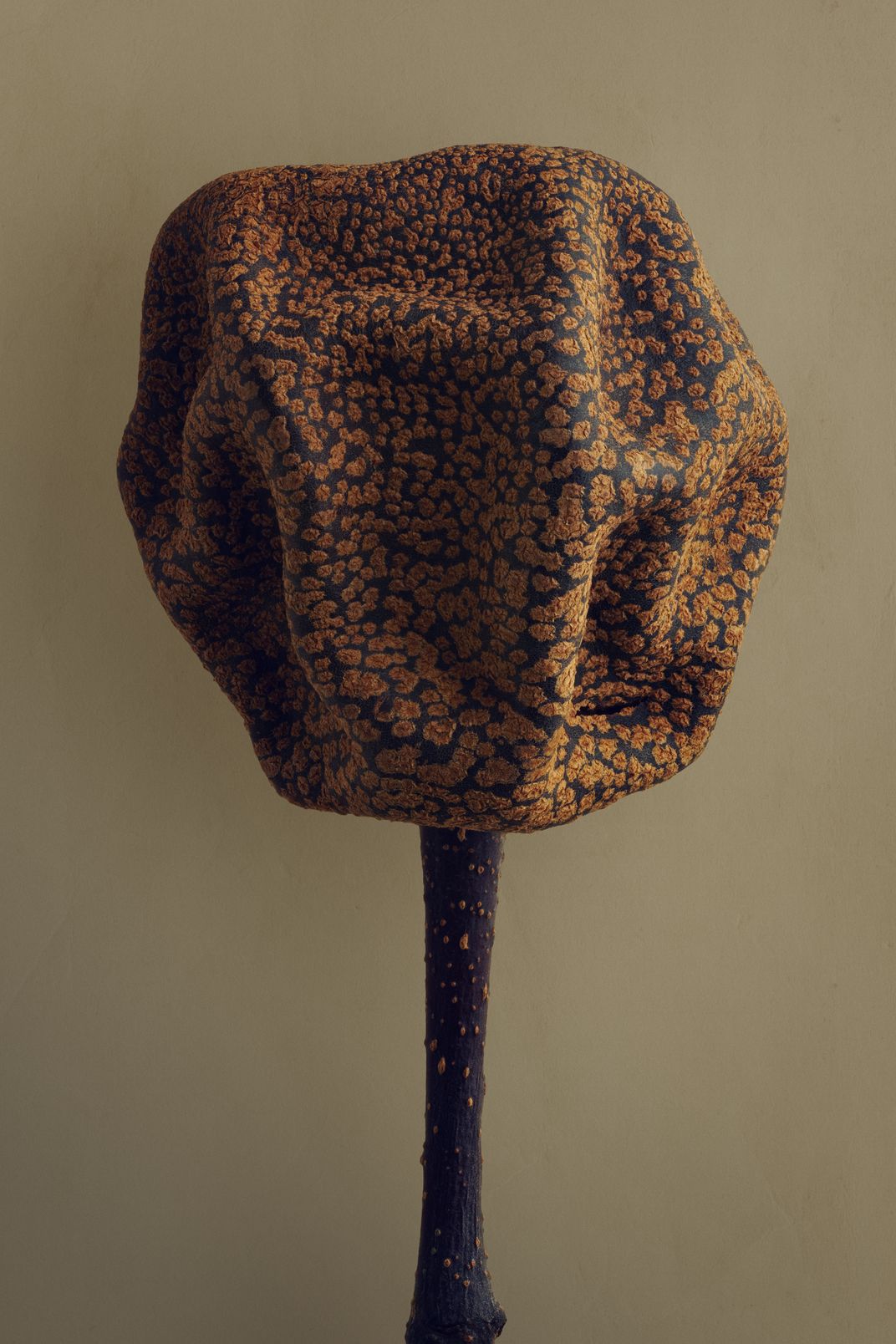Like its near relative the cultivated pear (Pyrus communis), the fruits of Pyrus pashia owe their distinctive gritty texture to the presence of stone cells. These specialised cells with extra-thick walls are present in clusters throughout the flesh of the fruit as well as in its skin. This fruit is grittier than that of other Pyrus species, it is edible when bletted, as the sour flesh becomes sweet when half rotten. Juice from the fruit is used locally as a medicine for animals and people. This small tree is found throughout the Himalaya, including Nepal, where the leaves are cut for fodder and the wood used to make walking sticks. RBGE is working with Nepali partners on projects supporting the effective management of Nepal’s plant resources, promoting their conservation and enhancing sustainable livelihoods.
| Date Taken: | 02.2020 |
| Date Uploaded: | 08.2020 |
| Photo Location: | Edinburgh, United Kingdom |
| Copyright: | © Levon Biss |

